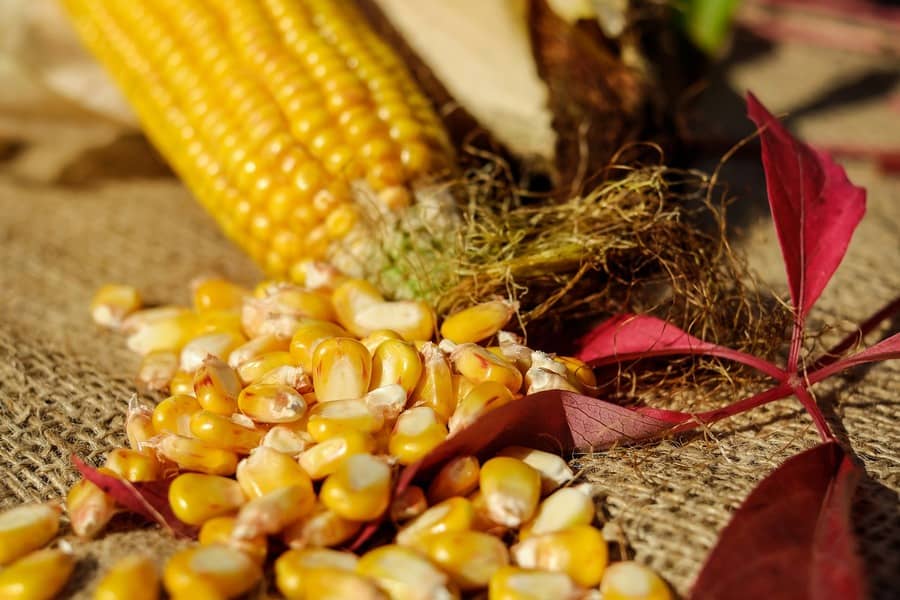Porto Alegre, December 6, 2021 – The rains forecast for last week were not confirmed in Rio Grande do Sul. They were decisive to avoid a worsening of conditions and alleviate the impact of the November drought. Besides the rains not confirming the predicted volumes, the forecast for this first half of December is not good: no rain. Meteorologists expect rainfall below normal for December and January in the state. So, it seems that the situation is now just defining the size of the losses. Points of attention arise in Santa Catarina and Paraná after fifteen days of only spotty rains.
The year of La Nina is always very drastic with the southern region of Brazil and Argentina. Despite confirmation of the phenomenon only arriving at the end of the year, its effects seem to have appeared quickly and immediately. The Brazilian spring registered excellent weather conditions, with September and October having normal to above-normal rainfall in all regions of the country. This picture allowed corn and soybeans to be planted in good conditions and with good development. We can even consider that, in certain regions, there was even some cut in technology due to costs. However, until October there was a good water soil reserve to sustain crops.
The issue is that November remained with below-normal rainfall, and the existing reserves were consumed by plants. Therefore, pollination took place and helped the silking to show some productive potential. In November and December, the rains need to be very regular so that the ears can evolve and the grains start filling. Nearly 80% of crops in Rio Grande do Sul are at this stage. And without rain at this time, potential losses are evolving.
Last week, there was a weather forecast with rainfall of up to 80mm in the most affected regions. The rains failed and ended up being poorly distributed and ranged from 10 to 20 mm, insufficient to restore the picture of losses in the local crop. The situation worsened when new forecasts for the following two weeks pointed to the absence of good rain in the state. With another two dry weeks, the local situation could be problematic. Cooperatives pointed out irreversible losses of 30% so far. Every week without rain, the situation will get worse, considering the phase of the crop, silking, and in need for moisture for ear growth and pod filling. Therefore, in a year of La Nina, the question now is whether the rains will continue.
In the last fifteen days, the rains were light in a range that reached the central region of Santa Catarina and part of southwestern Paraná. These regions, however, have good soil reserve conditions, and the effects for corn do not yet exist. But, of course, these are crops a little later than those in Rio Grande do Sul and are in critical stages of production, pollination and silking. As the technology used in these locations is better, the effect on crops seems to be more discreet so far. But, of course, the rains need to return.
Another region of attention is the northwest of Paraná and far west of São Paulo. They are more complicated regions in terms of soil and climate and have high temperatures. In the last 15 days, the rains were light in these locations. There is little summer corn in these regions, so the biggest problem seems to be soybeans, especially the earlier ones that are entering blossoming and pod formation filling.
In other regions of the country, the situation is normal to excellent. Goiás and Minas Gerais, which have an area with a good summer area, the situation has been perfect so far, albeit these crops are later, to be harvested after April, as well as the rest of São Paulo.
In Argentina, the situation is normal, with good rain in the growing region last week, allowing the planting to proceed at a normal pace. Corn reached 56% of the planted area and soybeans 50%. In the case of Argentina, there are ninety days of weather ahead for defining the local crop. Therefore, this is going to be a long weather market in South America this year of La Nina.
Agência SAFRAS Latam
Copyright 2021 – Grupo CMA

